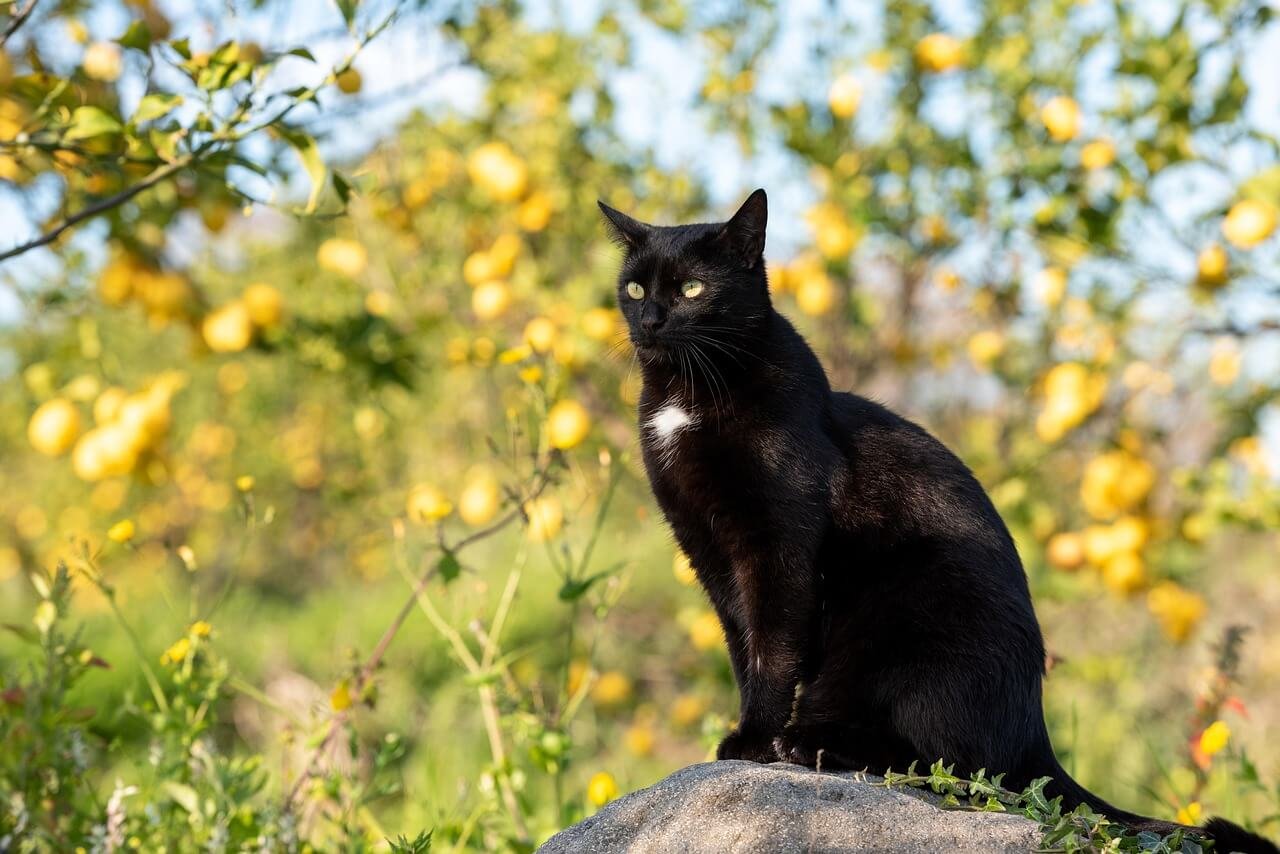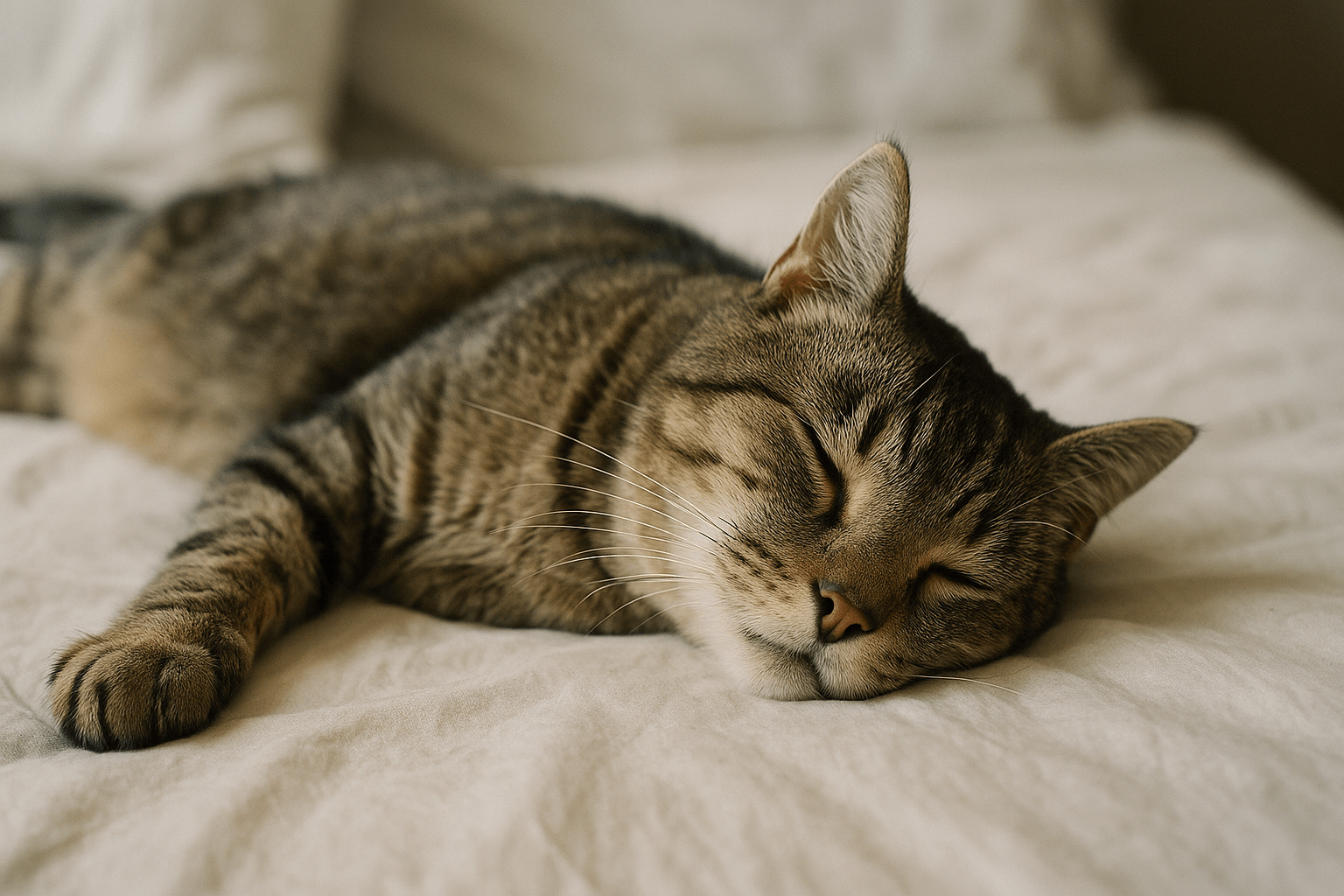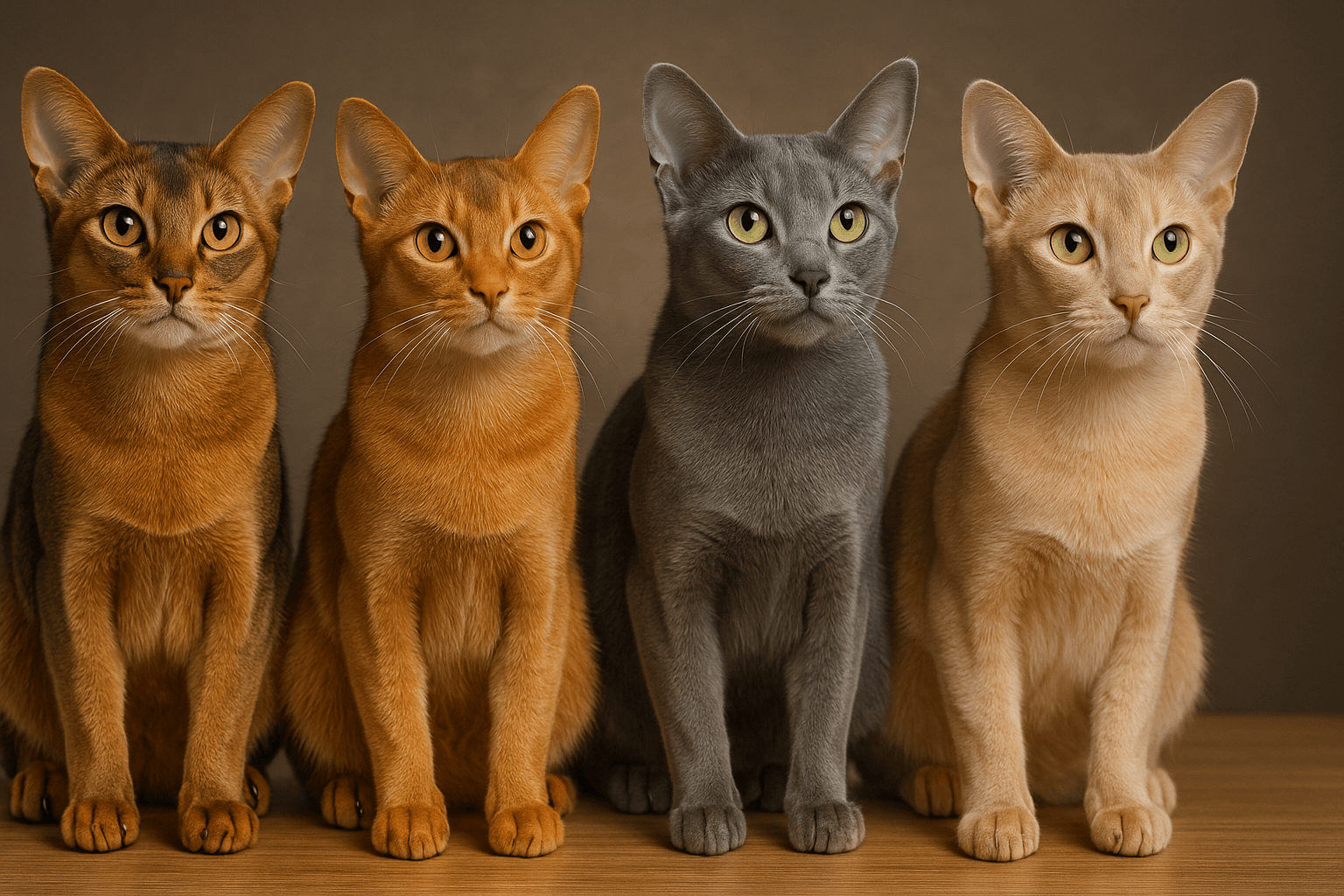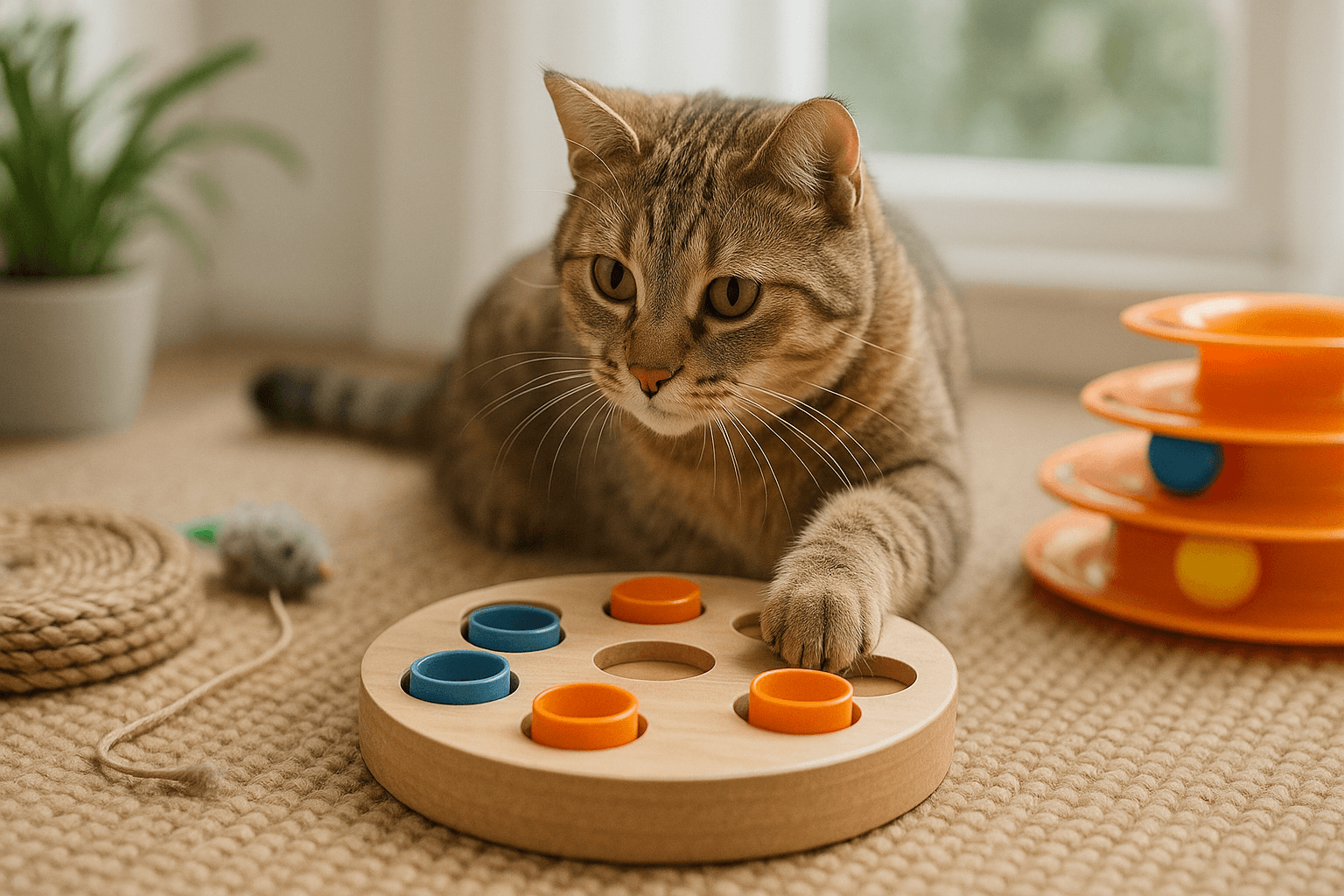Blocked Tear Duct in Cats: Causes, Symptoms, and Treatment
A blocked tear duct in cats can be a concerning issue, but understanding the condition is the first step toward ensuring your feline friend’s comfort and health. This condition, also known as nasolacrimal duct obstruction, occurs when the duct responsible for draining tears from the eyes becomes clogged. As a result, tears overflow onto the face, leading to staining, irritation, and potential infections. While it may seem minor at first glance, a blocked tear duct can cause discomfort and require veterinary attention if left untreated. In this article, we’ll explore the causes, symptoms, and treatment options for this condition, empowering you to care for your cat effectively.
Understanding the Root Causes of Blocked Tear Ducts
Several factors can contribute to a blocked tear duct in cats. Identifying the underlying cause is essential for effective treatment and prevention. Here are some common reasons why your cat might develop this condition:
Congenital Issues :
Some kittens are born with narrow or underdeveloped tear ducts, making them prone to blockages.Infections :
Bacterial or viral infections around the eyes can lead to inflammation and subsequent blockage.Injury or Trauma :
Damage to the eye or surrounding area can disrupt the normal function of the tear duct.Foreign Objects :
Dust, debris, or small particles trapped near the tear duct can cause obstructions.Chronic Eye Conditions :
Conditions like conjunctivitis or entropion (inward-turning eyelids) may contribute to duct blockages.
By understanding these causes, you can take proactive steps to address potential issues early. Always consult a veterinarian if you suspect a problem.
Recognizing the Signs: How to Identify a Blocked Tear Duct
Detecting a blocked tear duct in your cat requires careful observation of their behavior and physical appearance. Early identification can prevent complications and ensure timely treatment. Here are the most common symptoms to watch for:
Excessive Tearing :
Persistent watery eyes are a telltale sign of a blocked tear duct.Facial Staining :
Dark or reddish-brown stains on the fur near the eyes indicate overflow of tears.Eye Discharge :
Thick, yellow, or green discharge may signal an infection related to the blockage.Redness or Swelling :
Inflammation around the eyes suggests irritation or infection.Frequent Rubbing :
Cats may paw at their eyes or rub their face against surfaces due to discomfort.
If you notice any of these symptoms, it’s important to seek veterinary advice promptly. Addressing the issue early can prevent further complications and discomfort for your cat.
Check this guide 👉Cat Eye Discharge Green: Best 7 Health Tips!
Check this guide 👉Cat Eye Discharge Red: Best 7 Health Tips!
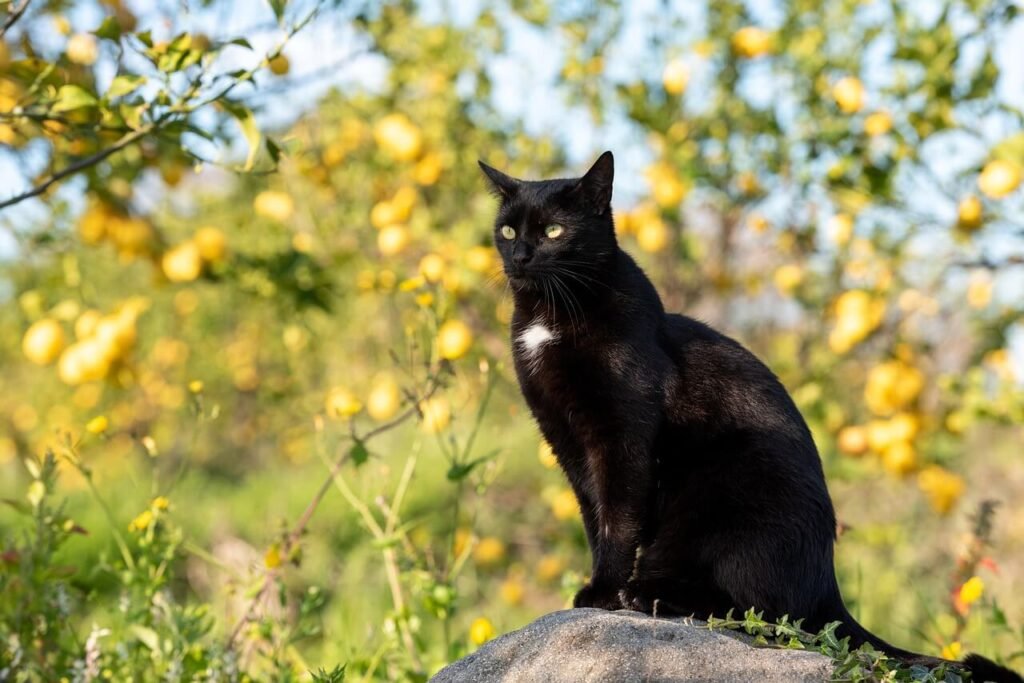
Symptoms of Blocked Tear Duct | Possible Causes |
|---|---|
Excessive tearing | Congenital abnormalities |
Facial staining | Infections or inflammation |
Eye discharge | Foreign objects or debris |
Redness or swelling | Trauma or injury to the eye |
Frequent rubbing | Chronic eye conditions like entropion |
Restoring Comfort: How Blocked Tear Ducts Are Treated
Treating a blocked tear duct in cats depends on the severity and underlying cause of the condition. Your veterinarian will recommend the best course of action based on their diagnosis. Here are some common treatment options:
Warm Compresses :
Applying a warm, damp cloth to the affected area can help reduce swelling and loosen blockages.Flushing the Duct :
A vet may flush the tear duct to clear obstructions and restore normal drainage.Antibiotics :
If an infection is present, antibiotics may be prescribed to eliminate bacteria.Surgical Intervention :
In severe or persistent cases, surgery may be required to correct structural issues.Regular Cleaning :
Keeping the area around the eyes clean prevents secondary infections and reduces staining.
These treatments aim to alleviate discomfort and restore proper tear drainage. Always follow your veterinarian’s guidance for the best outcome.
Staying Ahead: Tips to Prevent Blocked Tear Ducts in Cats
Preventing a blocked tear duct involves maintaining your cat’s overall eye health and minimizing risk factors. These simple yet effective measures can help keep your cat’s eyes healthy and free from blockages.
Regular Eye Checks :
Inspect your cat’s eyes weekly for signs of redness, discharge, or irritation.Keep the Face Clean :
Gently wipe away dirt or tear stains using a soft, damp cloth.Trim Facial Fur :
Long-haired breeds benefit from trimmed fur around the eyes to prevent debris buildup.Avoid Irritants :
Keep your cat away from smoke, dust, or chemicals that can irritate their eyes.Monitor for Injuries :
Check for scratches or trauma around the eyes after outdoor play or fights with other animals.
Taking these preventative steps can significantly reduce the likelihood of a blocked tear duct. Proactive care ensures your cat stays comfortable and happy.
Steering Clear of Pitfalls: What Not to Do When Your Cat Has a Blocked Tear Duct
While caring for a cat with a blocked tear duct, it’s easy to make mistakes that could worsen the condition or delay recovery. Avoiding these common errors ensures your cat receives the best possible care. Here are some pitfalls to watch out for:
Using Human Eye Drops :
Human eye drops may irritate your cat’s eyes and are not formulated for feline use.Ignoring Persistent Symptoms :
Delaying veterinary care can lead to complications like infections or chronic issues.Over-Cleaning the Area :
Excessive wiping can irritate the skin and exacerbate redness or swelling.Forcing Treatments at Home :
Attempting invasive procedures without professional guidance can harm your cat.Neglecting Underlying Conditions :
Failing to address root causes like infections or structural abnormalities prolongs the issue.
By avoiding these mistakes, you can ensure your cat’s treatment is safe, effective, and stress-free. Always prioritize professional advice over DIY solutions.
Progress Check: How to Know If Treatment Is Working
As your cat undergoes treatment for a blocked tear duct, certain signs indicate that their condition is improving. Monitoring these changes helps you gauge the effectiveness of the care plan. Here’s what to look for:
Reduced Tearing :
A noticeable decrease in watery discharge suggests the duct is clearing.Fading Stains :
Lighter or disappearing facial stains indicate improved drainage.Less Frequent Rubbing :
If your cat stops pawing at their eyes, it’s a sign of reduced discomfort.Clearer Eyes :
Bright, clear eyes with no redness or swelling reflect healing progress.Improved Behavior :
Increased energy and playfulness often accompany relief from discomfort.
These positive changes confirm that your efforts are paying off. However, continue following your vet’s instructions until the issue is fully resolved.
Staying Prepared: Managing Chronic or Recurring Issues
Some cats, especially those with flat faces or congenital issues, may experience recurring blocked tear ducts. Implementing long-term care strategies can minimize flare-ups and keep your cat comfortable. Here are some tips for ongoing management:
Routine Veterinary Visits :
Regular check-ups help catch potential issues before they escalate.Specialized Diet :
Feeding a balanced diet rich in omega-3 fatty acids supports overall eye health.Humidifier Use :
Adding moisture to your home’s air prevents dryness that can irritate the eyes.Custom Grooming Practices :
Regular trimming of facial fur reduces debris buildup around sensitive areas.Emergency Plan :
Keep contact information for an emergency vet handy in case symptoms return suddenly.
With consistent care and attention, you can manage even chronic cases effectively. Proactive measures ensure your cat enjoys a happy, healthy life despite their predisposition to this condition.
Frequently Asked Questions About Blocked Tear Ducts in Cats
Can a blocked tear duct heal on its own?
Mild cases may resolve naturally, but persistent issues require veterinary attention.
Is a blocked tear duct painful for my cat?
It can cause discomfort, especially if accompanied by infection or irritation.
How can I clean my cat’s eyes safely?
Use a soft, damp cloth and avoid harsh chemicals or excessive pressure.
Are certain breeds more prone to blocked tear ducts?
Yes, flat-faced breeds like Persians are more susceptible due to their facial structure.
When should I see a vet for a blocked tear duct?
Consult a vet if symptoms persist, worsen, or are accompanied by discharge or swelling.
Final Thoughts: Ensuring Your Cat’s Eye Health
A blocked tear duct in cats may seem like a minor issue, but it can significantly impact your pet’s comfort and well-being if left untreated. By staying vigilant and recognizing the symptoms early, you can take swift action to address the problem. Whether through home care or professional treatment, ensuring your cat’s eyes remain healthy is a vital part of being a responsible pet owner. Remember, your cat relies on you to advocate for their health—so don’t hesitate to seek veterinary advice when needed. With proper care and attention, your feline companion can enjoy clear, comfortable eyes and continue to brighten your life with their unique charm.
How Do I Know If My Cat Died Peacefully? Best 7 Expert Tips! Discover the quiet signs of a peaceful feline passing and find comfort in their final moments.
How Do I Know If My Cat Died Peacefully? A Gentle Guide for Heartbroken Owners Losing a cat is not just …
Why Do Abyssinian Cat Colors Matter? Best 7 Expert Tips! Discover the genetics, rare hues, and care secrets behind Abyssinian coat colors for a healthier, happier cat.
Cat Enrichment Activities: Best 7 Expert Tips! Unlock your cat’s natural instincts with proven strategies for mental stimulation, physical health, and lasting happiness.

